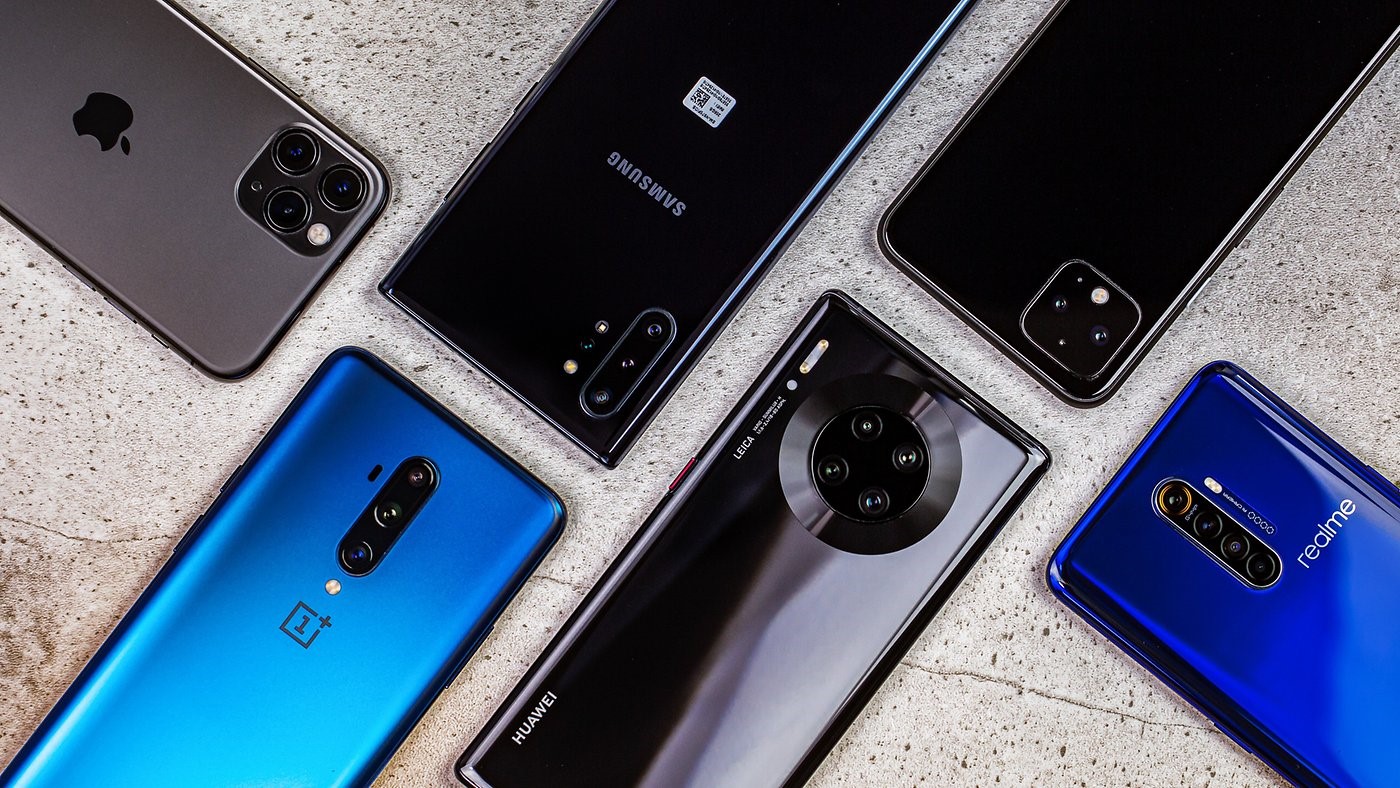2019 has been a hectic year for the smartphone industry. We have seen new innovations, ranging from popup cameras to folding smartphones. At the same time, this year alone has released more smartphones per month, compared to any other previous years. Now as we approach the end of 2019, its time for ranking all those smartphones we feasted our eyes upon.
Xiaomi Redmi Note 7S (Best Value)
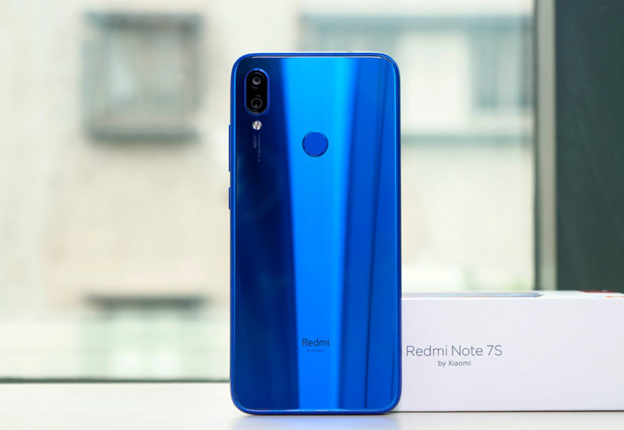
The Good: Price, 48MP camera, battery life, SD-card slot, IR blaster and audio jack
The Bad: No wide-angle camera, no macro lens, ad filled ROM and no fast charging
One thing you have to love about the Xiaomi Note series is how the price drops over time. When I first gave my initial insights on the Note 7, it was priced considerably high up in the mid range smartphone chart. Nearly 10 months later, it is one of the cheapest. The Note 7S, maybe the lighter version of the Note 7 Pro and the newer Note 8. However, don’t take this phone lightly, it can do all the tasks of its counterparts with ease. The early 2019 specification offers smooth gameplay experience and the 48MP camera takes moderately good shots all around. So, if you’re on a budget, you know what to pick. Hence, for the price to specification ration, this mid-range smartphone undisputedly delivers the best value in the budget mid range segment.
Price: The Note 7S is as cheap as BDT 13,000 (approximately), when bought unofficially and around BDT 17,000 (approximately), when bought from the local Mi stores.
Runners up: Realme 5
Realme X2 (Mid Range King)

The Good: AMOLED display, optical fingerprint scanner, quad-camera setup, dedicated SD-card slot, audio jack and 30W VOOC charger
The Bad: No IR blaster and bloatware
Realme is an enigma to some, this brand took the mid range segment by the storm last year, when it debuted. Only a year later, the Oppo sub-brand has taken the mid range king title from the Redmi Note lineup. Costing a slight more than the Note 8 Pro, the Realme X2 has better specifications and much better build quality. Unlike the Note 8 Pro, it doesn’t heat up during gaming or heavy task, albeit the lower benchmarks. Unless you like your games constantly running at glorious 60 fps on ultra-high settings, the Realme X2 is a way better pick than the Note 8 Pro. For me, the best feature of this smartphone would be the 30W VOOC charger; which can get the device fully charged in under an hours’ time. Unless Xiaomi can pull off something dynamic out of its hat next year, the Realme lineup might eat up all of Note series consumers.
Price: The 6 GB RAM and 64GB ROM variant of the Realme X2 is around BDT 24,000 (approximately) in the local markets.
Runners up: Xiaomi Redmi Note 8 Pro
Realme X2 Pro (The Flagship Killer)
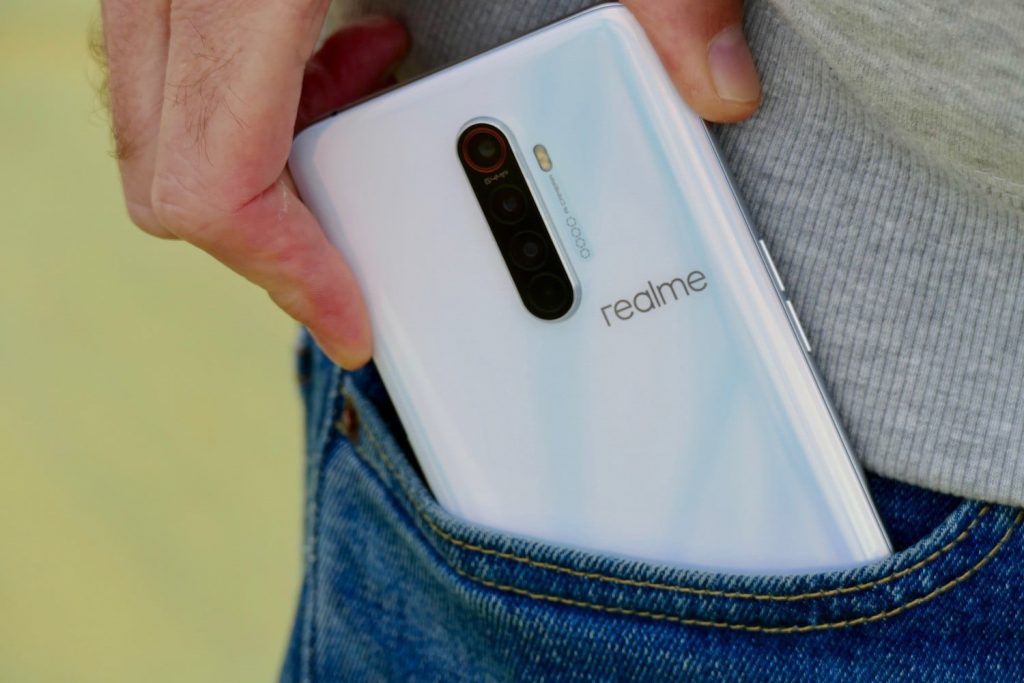
The Good: Snapdragon 855+, 90Hz AMOLED display, optical fingerprint scanner, quad-camera setup, dual stereo speakers with audio jack and ultra-fast 50W VOOC charger
The Bad: No IR blaster, bloatware and camera software optimization still not perfect
Forget Redmi K20 Pro and OnePlus 7T, the Realme X2 Pro is the real flagship killer of 2019. With buttery smooth 90Hz AMOLED display, that is as good as the OnePlus 7T. Quad camera setup that not only beats the K20 Pro, but matches the quality of the 7T’s camera as well. The 5x hybrid zoom and the 20x digital zoom is another stunning feature which can distinguish the Realme X2 Pro from its competitors. That’s not the end fellas, the Realme X2 Pro packs a 50W VOOC charger; which can charge the 4000 mAh battery on it in a matter of 25 minutes; which the fastest time seen on any available smartphone. The Realme X2 Pro is the complete package, performances like the OnePlus 7T; while costing as much as the Xiaomi Redmi K20 Pro.
Price: The 6 GB RAM and 64GB ROM variant of the Realme X2 Pro is around BDT 36,500 (approximately) in the local markets.
Runners up: Xiaomi Redmi K20 Pro and OnePlus 7T
Xiaomi Mi Note 10 / CC9 Pro (Best Camera Phone)

The Good: Curved AMOLED display, optical fingerprint scanner, 108 MP main camera with penta-camera setup, audio jack and huge 5260 mAh battery with fast 30W charger
The Bad: Low-end Snapdragon 730G SoC and ad filled ROM
Mi Note 10 is the first of its kind, but clearly not the last. The Mi Note 10’s penta-camera scored a staggering 121 on the DXO Mark, the same score as the Huawei Mate 30 Pro. Making the Mi Note 10, the best camera smartphone out there. The penta-camera setup on the back, is said to be created for taking shots in every possible scenario. If more smartphones like Mi Note 10 start popping up from next year, the entry level DSLR cameras might go extinct. But, there is a catch. Mi Note 10 comes with a mid range 730G instead of a flagship level SoC. A move usually done to reduce the price of smartphones. Although, the lack of the flagship grade SoC won’t affect anyone; but, it might be a deal breaker for some.
Price: Currently, it’s not available in local stores. But when it is, expect the price to be around BDT 55,000.
Runners up: Google Pixel 4 XL
iPhone 11 Pro Max (Flagship of the Year)
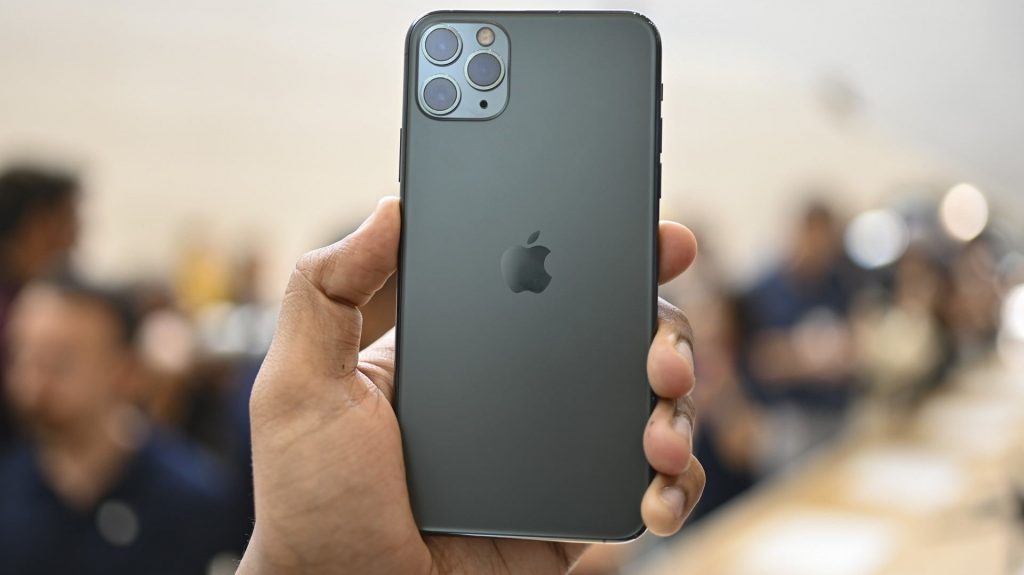
The Good: Larger OLED display, triple camera setup, bigger battery capacity and wireless charging
The Bad: Big notch, no fingerprint scanner and no flagship standard fast charging
With the iPhone 11, Apple finally caught up with the competition, and the iPhone 11 Pro Max is the best offering out of the whole bunch. Unlike majority of the android smartphones on the list, the iPhone 11 Pro Max seems the most consistent in all aspects. The camera quality is much better regardless of which ever lens you prefer to use. The new iOS 14 brings new features to ensure more ease of use. If you are already on an older model of an iPhone or planning of switching from android, with the iPhone 11 Pro Max you can’t go wrong.
Price: Low end model of the iPhone 11 Pro Max will cost you BDT 1,11,000 in local stores.
Samsung Galaxy Note 10+ (Flagship of the Year)
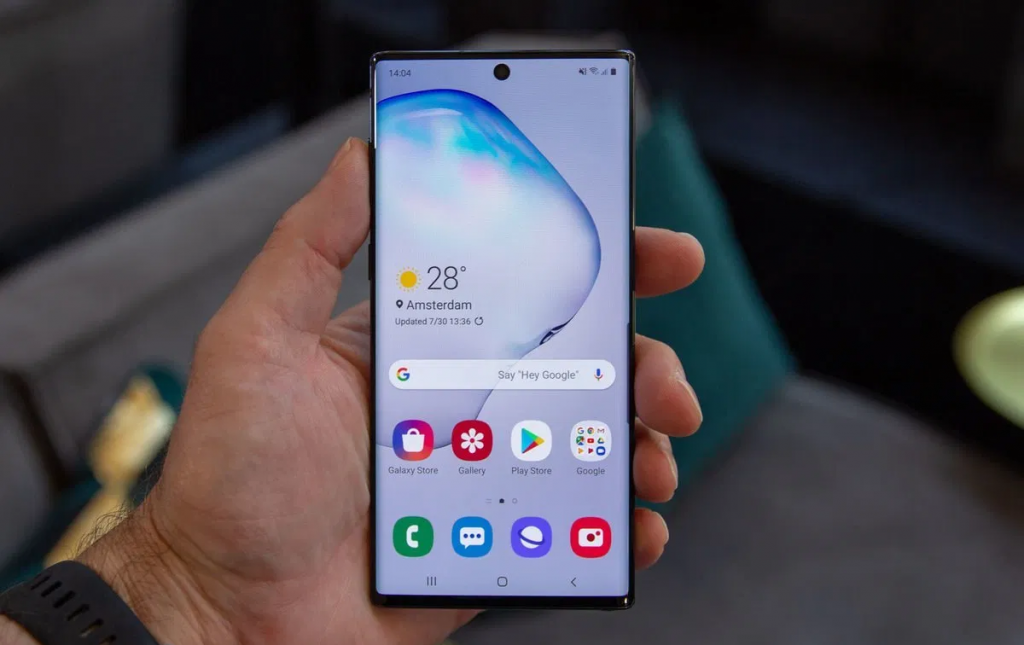
The Good: S-pen, curved AMOLED display, optical fingerprint scanner, punch-hole selfie camera, quad-camera setup on the back, dedicated SD-card slot, wireless charging, reverse charging and 45W fast charging
The Bad: Moderate camera performance in low light, no 5x optical zoom and ad filled ROM
Honestly, the flagship of the year would have gone to the Huawei Mate 30 Pro. But, as the dispute between Huawei and Google goes on. Its future looks grim and uncertain. So, I had to settle for the next best thing; which happens to be the Samsung Galaxy Note 10+. The Galaxy Note lineup has always set the standard for premium and top of the line smartphones. The Note 10+ just improves on that. The Note 10+ seems more solid and fixes all the issues that were present on the Note 9, which I further discussed in our initial insight of the Note 10. In terms of spec, the Note 10 offers one of the best experience, but will fall a bit short in the camera segment when compared with the Huawei Mate 30 Pro.
Price: The Samsung Galaxy Note 10+ will cost you BDT 77,500 (approximately) in local stores, while in the official Samsung stores it is priced at BDT 1,44,500.
Runners up: Huawei Mate 30 Pro
